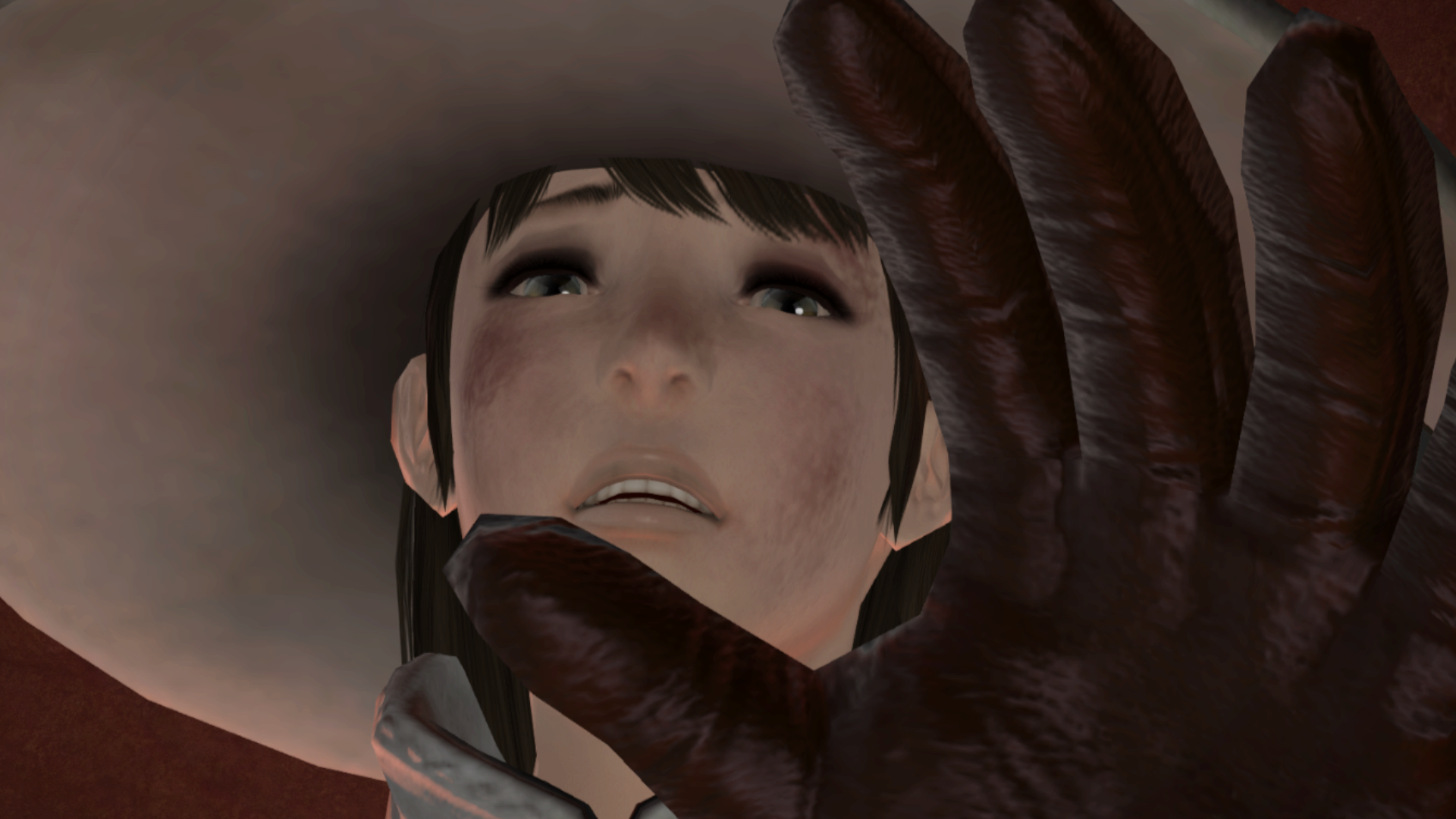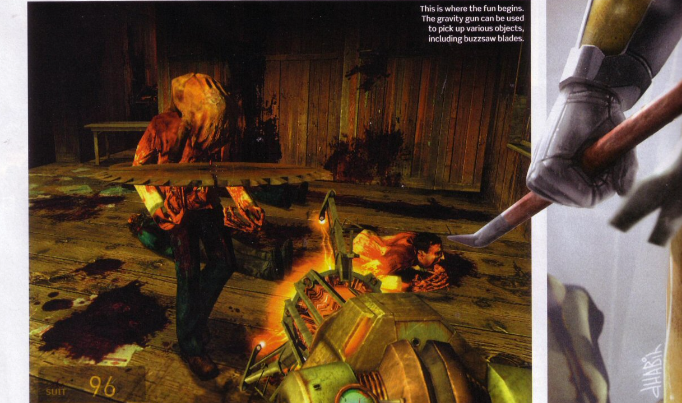![Image[1]-My New Survival Game Obsession Looks Like Minecraft But Is Way More Complex—And You Won'T Find It On Steam - 9GamePlus-9GamePlus](https://cdn.mos.cms.futurecdn.net/NbNcnq8HiFh29AxBSFPBuS.jpg)
When Stalker 2 came out last week I was hoping it would have some new survival systems alongside its anomalies and artifacts. It’s been almost 15 years since the last Stalker game and the survival genre has really grown a lot in that interval. Maybe, I thought, Stalker 2 will have a real crafting system this time, or weapon and armor repair I can do myself instead of paying an NPC, or a more complex nourishment system than just shoveling uncooked food into my face when the hunger icon appears.
Spoiler alert: it doesn’t have any of that. Stalker 2’s survival systems haven’t evolved over the past 14 years. That’s fine! I’m enjoying being back in The Zone even though (or maybe because) nothing much has changed. But I’m still looking for a new game to really scratch my survival itch, and I think I found it this week.
It’s called Vintage Story and while it’s new to me, it’s definitely not new—it has been playable in development for about seven years. I’m sure lots of survival fans know all about it, and I’ve seen it come up in survival discussions from time to time, but I never checked it out until now. Part of the reason is that it’s not on Steam, and part is because it looks a lot like Minecraft—and I’ve definitely had my fill of Minecraft. But it doesn’t take long to see that despite its looks, Vintage Story is doing something quite different.
I’m not too deep into it yet, but my first indication Vintage Story wasn’t just replicating Minecraft came when I began making tools. Instead of just placing sticks and stones into a pattern in the crafting window to make an axe, for example, I had to put my stone on the ground in front of me and then chip away at the edges of it to make an axe-head shape.
My first thought was that it was an enjoyable bit of business that makes crafting the basics more fun. My second thought was imagining trying to do this precious crafting work while freezing to death or on the brink of starvation or being chased by angry creatures. Just by learning the first steps of how the world works, I could tell this is a game where you need to think ahead and be prepared or you’re gonna be in real trouble.
![Image[2]-My New Survival Game Obsession Looks Like Minecraft But Is Way More Complex—And You Won'T Find It On Steam - 9GamePlus-9GamePlus](https://cdn.mos.cms.futurecdn.net/HFtQFAUvwSVuANHrtMyVHj.jpg)
Having a bit more of a look at the crafting systems, I see that they’re delightfully complex. Forget about just opening a campfire interface, placing food inside it, and then plucking it out when it’s brown. If you really want to cook you’ll have to mold clay into cooking pot shapes (sort of the opposite of chipping away at stones to make tool shapes).
You’ll then have to fire the clay pots in a kiln—and you’re not just slapping some rocks together to make a kiln. You have to dig a pit, place your clay item inside it, put grass on top of it, add sticks on top of that for kindling, add fuel like charcoal or firewood on top of that, and then light it up and wait an entire day while it slowly heats your pottery. If it rains on your pit kiln you’ll have to start over, so you might want to build some sort of roof over it—though be careful with anything flammable because the heat can cause a real fire to break out and spread.
![Image[3]-My New Survival Game Obsession Looks Like Minecraft But Is Way More Complex—And You Won'T Find It On Steam - 9GamePlus-9GamePlus](https://cdn.mos.cms.futurecdn.net/nTVVSWJ5ipfykLqRUt7kDj.jpg)
If you love that sort of meticulous crafting, there’s a ton of it in Vintage Story. Let’s take food storage. You can keep that food you cooked in that pot you cooked it in, but it’ll last longer without spoiling if you keep it in a special crock pot with a lid (which you also have to laboriously craft). And it’ll last even longer if you use fat or beeswax to seal that pot, plus you can dig a cellar to put the crock pot in which will make the meal last even longer. Does obsessively doing chores to maximize your food spoilage timer give you a little buzz of excitement? Yeah, me too.
In terms of how punishing Vintage Story is, I’d say: very. My first encounter with a wolf did not go well, and the world is filled with lovecraftian horrors even if you manage to survive the predictable wildlife threats. If you have seasons enabled, winter will be brutal if you’re unprepared, and if it’s your first time playing you’re bound to be unprepared. The complexity of the crafting system also means you’ll probably spend a lot of time looking at wikis, though it has a pretty strong in-game instructional manual.
![Image[4]-My New Survival Game Obsession Looks Like Minecraft But Is Way More Complex—And You Won'T Find It On Steam - 9GamePlus-9GamePlus](https://cdn.mos.cms.futurecdn.net/6i5embKg8iHqBEBTJKibEj.jpg)
But it’s also highly customizable, letting you change settings for just about anything you could ask for: your hunger rate, the weather, how fast tools degrade and food spoils, even how long you can hold your breath underwater. You can play with the difficulty cranked up if you want a deadlier experience or tune it all down for a more peaceful adventure. It’s moddable, too, so there are ways to expand the already robust systems of cooking, combat, farming, and just about everything else.
As for why it’s not on Steam, the FAQ lists several understandable reasons: the 30% cut Steam takes off each sale is pretty huge when you really think about it, and the developers (former Minecraft modders Tyron and Saraty) prefer not to launch on Steam until the game is fully finished. (You can buy it on Humble and Itch but it’s a few dollars more than on the official site.) The Vintage Story devs also offer a more flexible refund window than Steam does: 2 weeks or 10 hours of play, so it not being on Steam is definitely in your favor.
Vintage Story is still in early access, but what I’ve played so far sure feels polished and I’m looking forward to really getting to grips with its survival systems, making it through the winter, and turning the cruddy hut I’m building into a proper base. I haven’t tried my hand at making furniture yet, but at least I’m getting good at crafting axes. That’s a start.













No comments yet